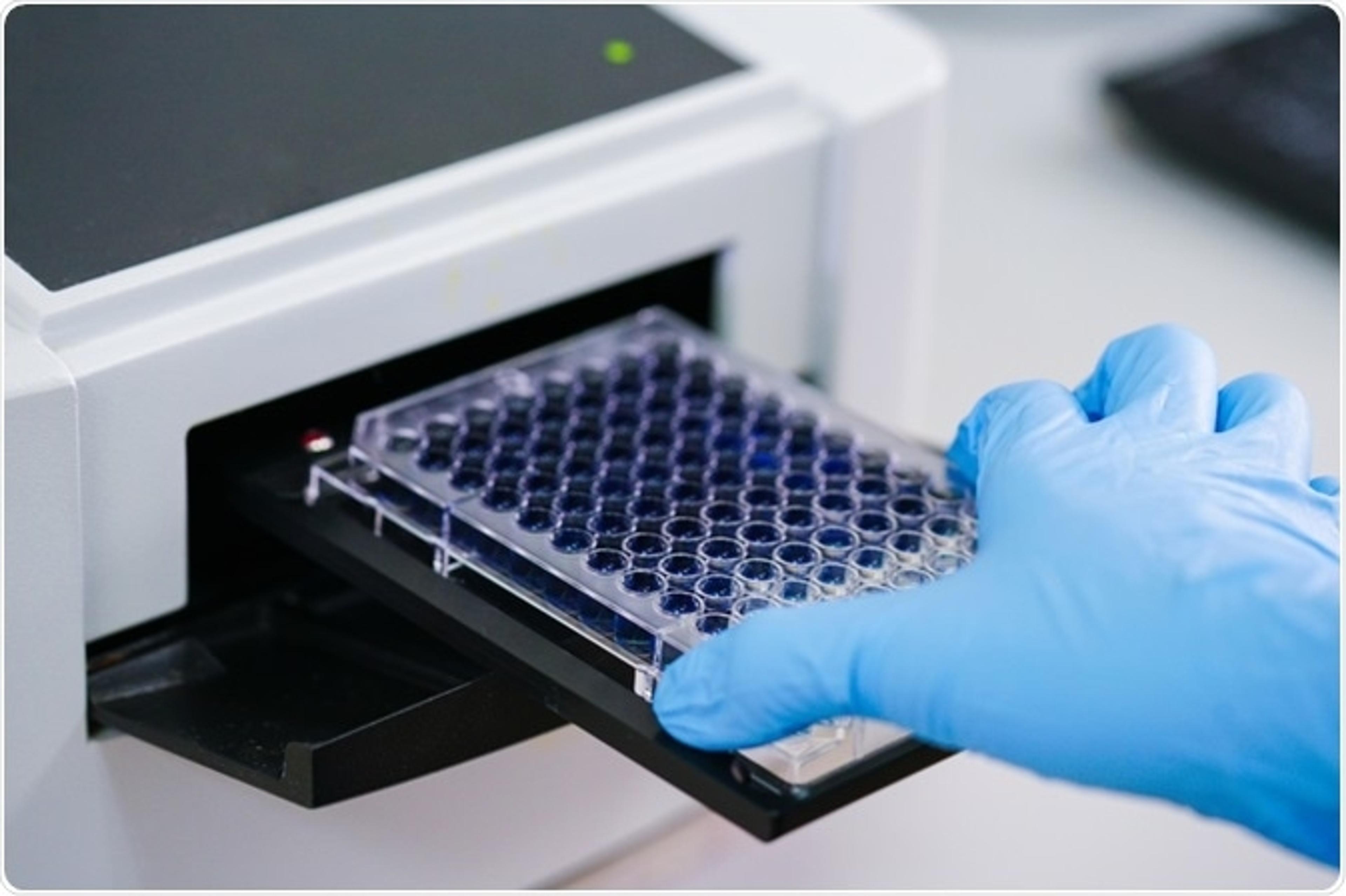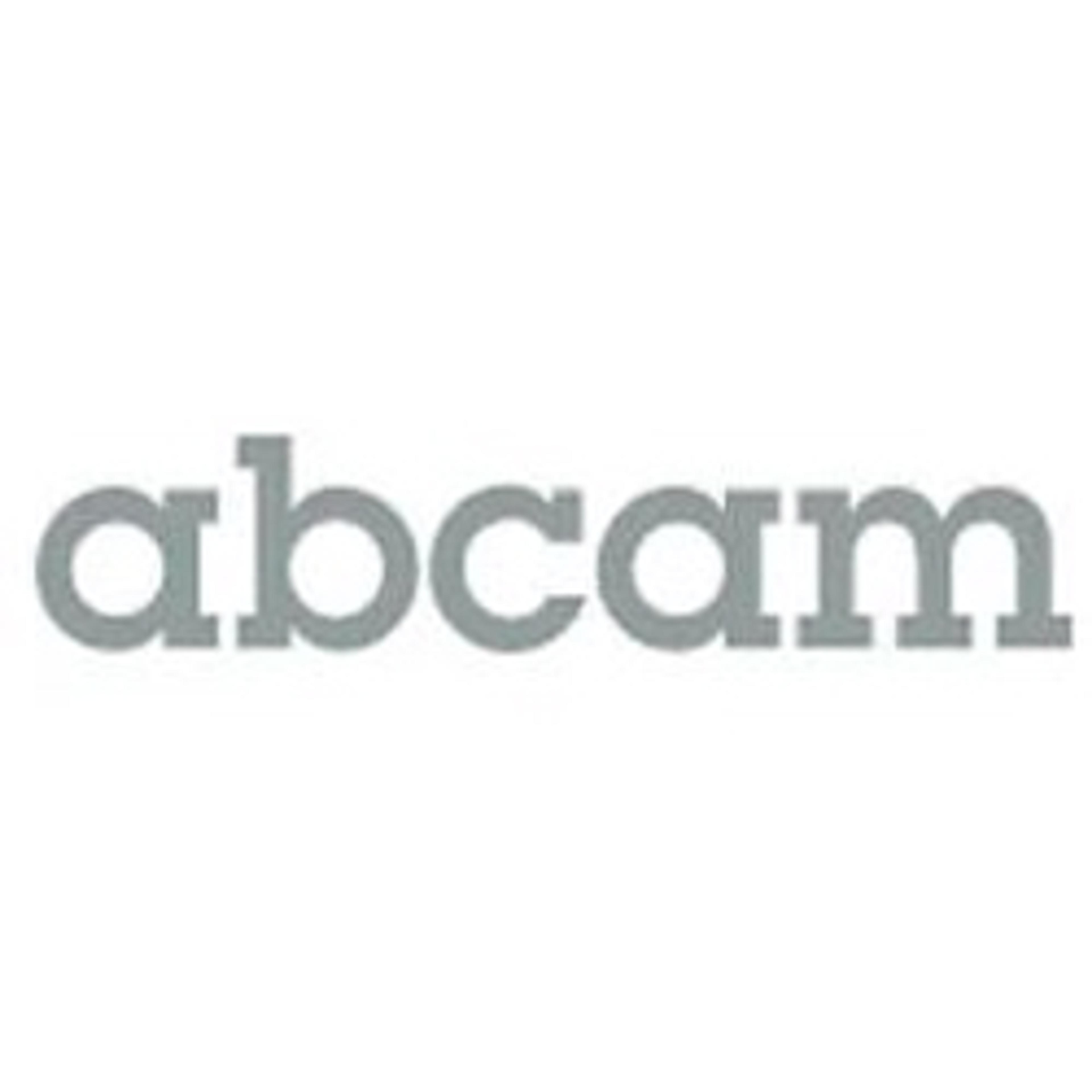How can multiplexing improve the efficiency of early-stage biomarker and drug discovery?
Watch this on-demand webinar to discover how different assay workflows can impact the complexity of process automation
22 Feb 2022

The early stages of drug discovery suffer from high failure rates, with only 5% of compounds making it to lead generation stage. Typically, there is only one opportunity to screen a compound, so choosing an assay format that delivers reliable results the first time around is a critical factor.
Multiplex immunoassays have advantages over traditional ELISAs as they allow simultaneous measurement of many targets from a single sample volume. However, it isn’t always clear which format of assay is most appropriate for your application, as not all are suitable for high-throughput screening, are automation-friendly, or have high enough plex. Researchers may also want to quantitate microRNA (miRNA) targets rather than traditional key protein biomarkers such as cytokines.
In this SelectScience® webinar, Emma Ghaffari, field application scientist at Abcam, addresses these questions and discusses how different approaches to multiplexed assays can be used to improve the efficiency of drug and biomarker discovery pipelines, improving the quality of lead compounds progressing to the next stage of drug discovery.
Watch on demandRead on for highlights form the live Q&A session or register to watch the webinar at a time that suits you.
Why is sensitivity different for the washed and non-washed assays?
EG: The reason we have two different sensitivities is because, with a washed-based assay format, you would add three reagents in succession and wash off any unbound reagent. With our no-wash assay format, you have to add reagents in smaller quantities because they're not washed off and you have unbound reagent. That's why we lose some of that sensitivity between the two formats.
What disease areas is FirePlex being utilized in?
EG: It’s been utilized in neuroscience, immunology, immuno-oncology, and we've recently branched into metabolism and angiogenesis, and we're still trying to expand the offering to more disease areas.
Why do you have three different formats of the FirePlex? The 96, 384 and 1536 versions.
EG: We have three different formats based on the throughput that a customer might be interested in. The 96-well format offers slightly lower throughput, but we have a very large dynamic range of sensitivity that can be achieved, and it's run on a photometer. Between 384 and 1536, this is a no-wash assay format with a very high throughput in mind. You can use automation-friendly workflows with a very small sample input, and then read that as a high-content imager. So, both formats use protein biomarker analysis.
Why are FirePlex platforms particularly unique?
EG: FirePlex technology uses hydrogen particles. It allows for 3D binding, and that means we can achieve superior sensitivities which can be better than some of our competitors. You don't have to use any specialized equipment to run our assay. You can just use a standard photometer or a high-content imager that you have available in your lab.
Do images require a special setup?
EG: We provide an images setup kit. This is used to streamline and make the process even easier. So, we have some particles to get the exposure and focus settings correct to then decode our particles efficiently.
SelectScience hosts 10+ webinars every month. Discover more of our upcoming webinars>>


